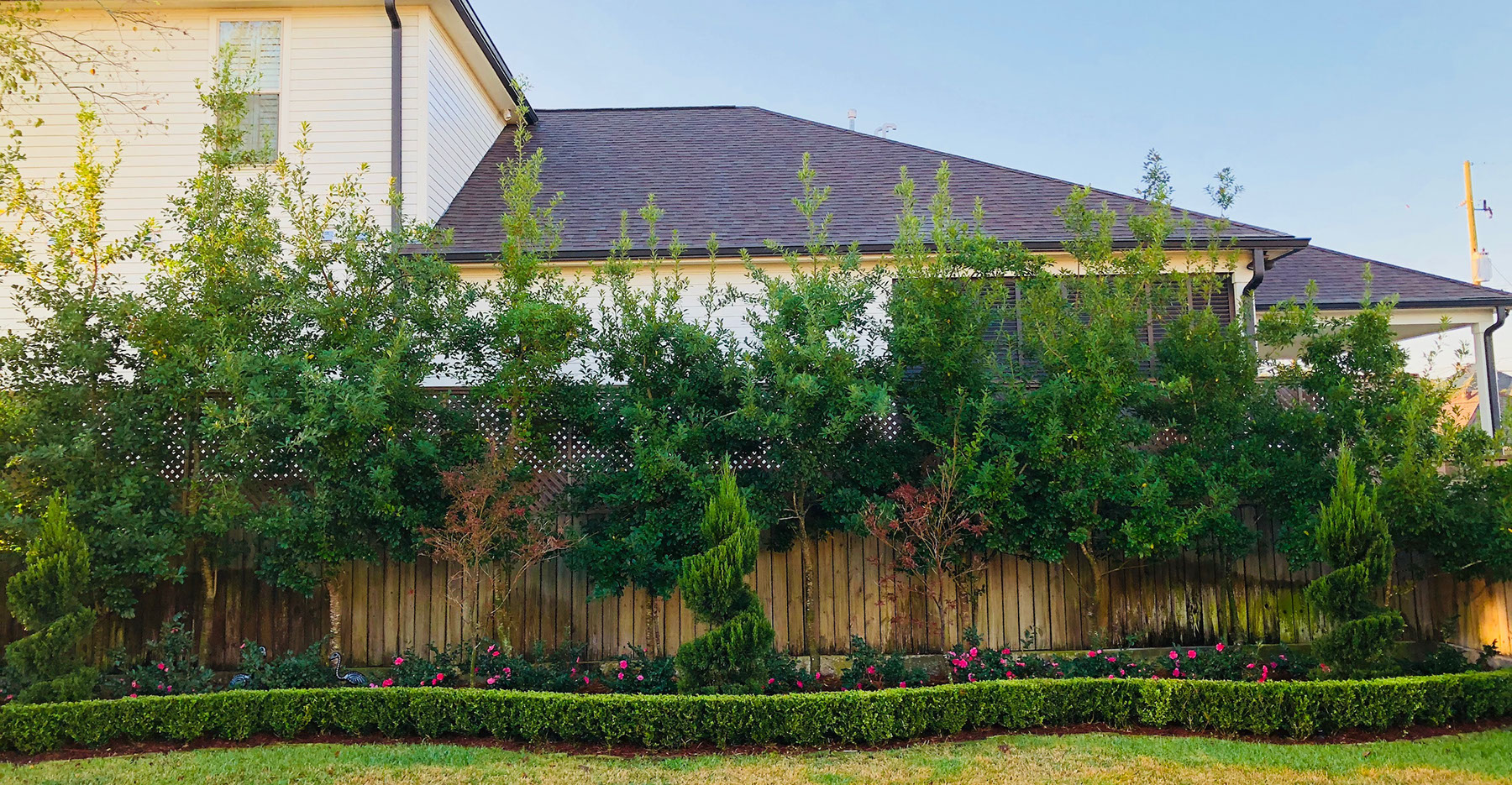Basic Pruning Principles
Late winter is the best time to prune
Know where to cut:
Always prune back to or just above a growing point (branch or bud) or to the soil line.
NEVER top a tree to “rejuvenate” growth. This ruins the plant’s natural shape and greatly increases its susceptibility to diseases, insect pests, and storm damage.
Completely remove the following:
Dead branches: Live and dead branches can be differentiated even during dormancy. Live branches tend to be more flexible, have a green layer just below the bark, and their buds are green inside. Dead branches are brittle with withered brown buds and no green layer.
Branches that will girdle other branches
For trees (and possibly some shrubs), also remove the following:
Branches that are growing toward the center of the plant.
Suckers: These unwanted shoots grow directly from the roots and appear near the base of the tree.
Water sprouts: These shoots grow straight upward, almost perpendicularly, from dominant branches.
Branches that have very narrow anglesThin out dense growth.
Thin out dense growth.
Ideally, a shrub or tree maintains healthy leaves both interiorly as well as exteriorly. However, overly dense exterior growth prevents light from reaching the interior portion of the plant.
By thinning out dense growth, you can improve light, rain, and air penetration to improve your plant’s overall health.
Contact us if you have questions or need landscape services this season.


